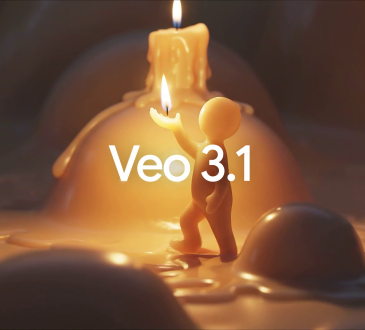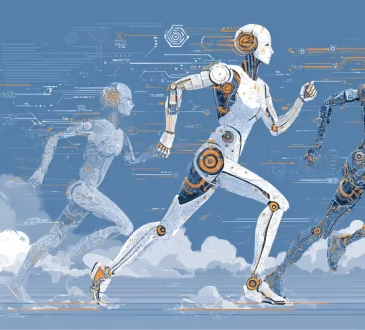Self-Improving Language Models Become Reality with MIT’s Updated SEAL Technique

In a major breakthrough for artificial intelligence, researchers at the Massachusetts Institute of Technology (MIT) have unveiled an updated version of their Self-Adapting Language Model (SEAL) framework. This innovative approach enables large language models (LLMs) to autonomously generate their own training data and fine-tuning strategies—a milestone that brings AI closer to systems capable of continuous self-improvement.
Understanding SEAL: A New Approach to AI Learning
Traditional large language models are trained on massive datasets and remain essentially static once training is complete. While they can process new information, they do not naturally adapt their internal parameters to integrate it over time.
SEAL changes this by introducing “self-edits.” These are instructions the model creates to generate synthetic training data and update its parameters intelligently, allowing the AI to improve on its own.
The SEAL framework works as an iterative reinforcement learning loop:
- The model encounters new information or tasks.
- It produces a self-edit based on this data.
- The self-edit is applied through supervised fine-tuning.
- The model’s performance is evaluated on subsequent tasks.
Feedback from these evaluations reinforces effective self-edits, helping the model adapt dynamically without constant human supervision.
How SEAL Works: Technical Insights Made Simple
At its core, SEAL revolves around self-editing. When presented with new data, the model can:
- Restructure information for better understanding
- Specify optimization hyperparameters
- Use data augmentation or gradient-based updates
These self-edits are applied via fine-tuning, resulting in lasting weight updates that allow the model to adapt meaningfully.
The reinforcement learning algorithm guides the self-edit process:
- The model generates multiple candidate self-edits
- Applies them and evaluates performance
- Uses rewards from evaluations to refine future self-edits
This feedback loop teaches the model not just the information, but how to learn and integrate it, mimicking aspects of human learning.
Implications for AI Development
The potential of SEAL is huge:
- Reduced human intervention: Models can update themselves without constant retraining.
- Dynamic adaptability: Useful in rapidly evolving fields like medicine, law, and technology.
- Efficiency and scalability: Continuous refinement reduces reliance on heavy retraining cycles, saving resources and speeding up deployment.
SEAL mirrors human learning—like creating notes, summaries, or study guides—but at a scale and speed AI can manage. It allows models to move beyond static knowledge repositories to become context-aware and adaptive.
Broader Applications Across Industries
SEAL’s self-improving capabilities could transform numerous sectors:
- Healthcare: Continuously updated AI models could help doctors make better-informed decisions.
- Education: Adaptive tutoring systems could personalize learning paths in real time.
- Finance, cybersecurity, and law: Models could respond dynamically to evolving trends, threats, and regulations.
Beyond practical uses, SEAL opens doors to meta-learning—the ability for AI to learn how to learn, optimize problem-solving strategies, and recognize patterns without human intervention. This level of adaptability could reshape how AI is applied in research and commercial settings.
Challenges and Ethical Considerations
While promising, SEAL also raises important questions:
- Alignment and safety: Self-improving AI must remain aligned with human values to prevent unintended behaviors.
- Bias risks: Autonomous adaptation could unintentionally reinforce biases if not properly guided.
- Computational demands: Generating and evaluating self-edits is resource-intensive. Optimizing this process is crucial for real-world applications.
Researchers emphasize that safeguards, auditing, and transparency will be key as SEAL-based models become more widely adopted.
Community Engagement and Future Directions
MIT has made the SEAL framework openly available for research, encouraging global collaboration. This transparency accelerates innovation and allows developers to adapt SEAL for a wide range of applications.
Future research is expected to explore:
- Scaling SEAL across different model architectures
- Refining the self-editing reinforcement learning loop
- Assessing ethical and societal impacts of self-improving AI
As SEAL evolves, AI could become more intelligent, adaptable, and contextually aware, fundamentally changing the way humans interact with technology.
Conclusion
MIT’s updated SEAL framework is a transformative leap in artificial intelligence. By enabling models to generate their own training data and refine learning strategies, SEAL bridges the gap between static AI systems and truly adaptive intelligence.
This technology points toward a future where AI can learn like humans, continuously improving, responding to new challenges, and evolving in real-time. With SEAL, the era of self-improving, intelligent, and efficient AI systems is no longer a distant possibility—it is beginning to take shape.




